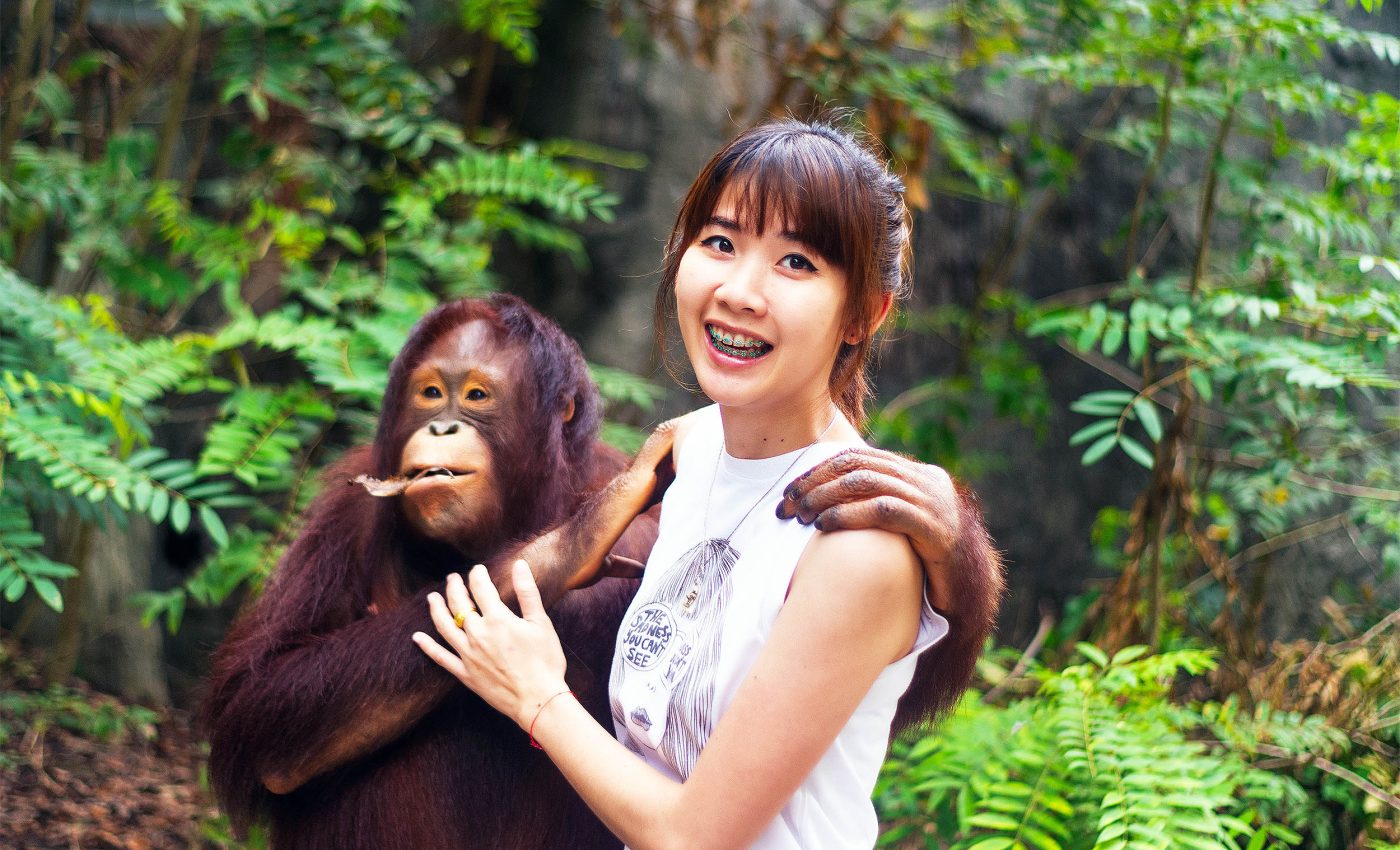
Medical oddity: Human skin heals three times slower than our primate relatives
Many people believe that small skin injuries heal quickly. Recent findings suggest that compared to certain other primates, human skin heals at a much slower pace.
Researchers measured how quickly skin edges moved together after injuries in humans and discovered a rate about one-third of what they saw in non-human primates.
Their work indicates that humans might have traded rapid recovery for other unique characteristics.
Dr. Akiko Matsumoto-Oda, an evolutionary scientist with the University of the Ryukyus, conducted these investigations with collaborators from the Kyoto University Wildlife Research Center.
They studied volunteers undergoing medically required skin procedures, as well as various primates in structured environments.
Why human skin heals slower than primates
Scientists have long recognized that different species rely on diverse strategies for tissue repair. Some rely on quick wound contraction, while others regenerate skin through careful layering of new cells.
Hair follicles play a big part in healing because each follicle can hold stem cells that jump into action once the skin is injured.
Humans, however, lack the dense covering seen in many fur-bearing mammals, which can mean a smaller pool of helpful cells.
Sweat glands impact skin healing in humans
Sweat glands help people stay cool in hot conditions, but they might not support tissue repair as efficiently as follicles. Researchers think that a shift toward more sweat glands and fewer follicles could have slowed healing.
Perspiration lets people remain active for longer in warm regions. This advantage may have outweighed the slower closure of skin wounds, giving humans better odds in harsh environments.
Social structures compensate for slow healing
Reduced healing speed might seem problematic. Yet humans have social systems that can compensate for a delayed rate of repair.
Community care, shelter, and shared resources ensure that a slow recovery does not always threaten survival.
Archaeological evidence points to the fact that ancient groups cared for individuals with injuries, allowing them to live despite physical challenges.
Human skin healing differs from other primates
Chimpanzees showed a wound-closure pace similar to monkeys, suggesting they all share a roughly similar rate. Humans were the clear exception in this investigation.
Experts noted that a thicker epidermis and a more elaborate sweat duct system could be part of the reason. These traits likely emerged as humans evolved larger brains and better heat management.
What drives human skin’s structure
Dermatologist teams often examine how genes shape the surface of our bodies. Emerging research suggests that specific genetic switches influence sweat gland formation, hair density, and wound repair.
Variations in these pathways likely pushed ancient humans toward less body hair. Over time, the result was a distinctive type of skin that protects us while sacrificing rapid recovery from damage.
Why slow skin healing is a concern
Slow wound repair remains a challenge in modern clinics. Specialists are searching for therapies that might encourage faster closure, especially in older adults and those with illnesses.
Looking to primates and other mammals could inspire new approaches. If scientists can figure out what helps non-human species regrow skin so effectively, they might adapt those tools for human medicine.
Toward future solutions
Gene editing, advanced dressings, and novel cell-based treatments hold potential. Combining these discoveries with an understanding of natural healing in primates might shorten recovery times.
Some researchers hope to replicate the healing strategy of smaller mammals that close cuts quickly. Although it is still experimental, progress in stem cell therapy could transform patient outcomes.
How doctors approach slow skin healing
Recognizing that human skin mends more slowly can alter how surgeons and doctors manage postoperative care. Extra monitoring of sutures and incisions might prevent complications.
People with chronic wounds could benefit from therapies tailored to overcome certain genetic hurdles. Targeted interventions might address the biology behind slower healing in humans.
Modern medicine still lags behind nature
Despite advances in medical care, human wound healing often relies on external help like stitches, antibiotics, and dressings to prevent infection and speed recovery.
These interventions, while effective, highlight how dependent we’ve become on tools to make up for our slower natural response.
In contrast, non-human primates and rodents typically heal without assistance, suggesting that their bodies are still better wired for independent repair.
This contrast points to an evolutionary gap between our biological abilities and the environments we’ve built to support them.
New research on human skin healing
Additional insights from comparative biology might identify subtle differences that set human skin apart. Continued experiments may reveal fresh angles on how hair follicles, sweat glands, and immune responses interplay.
Clues from ancient fossils hint that humans have coped with injuries for centuries. Groups likely shared information about wound treatments, shaping our medical traditions.
The study is published in Proceedings of the Royal Society B: Biological Sciences.
—–
Like what you read? Subscribe to our newsletter for engaging articles, exclusive content, and the latest updates.
Check us out on EarthSnap, a free app brought to you by Eric Ralls and Earth.com.
—–













